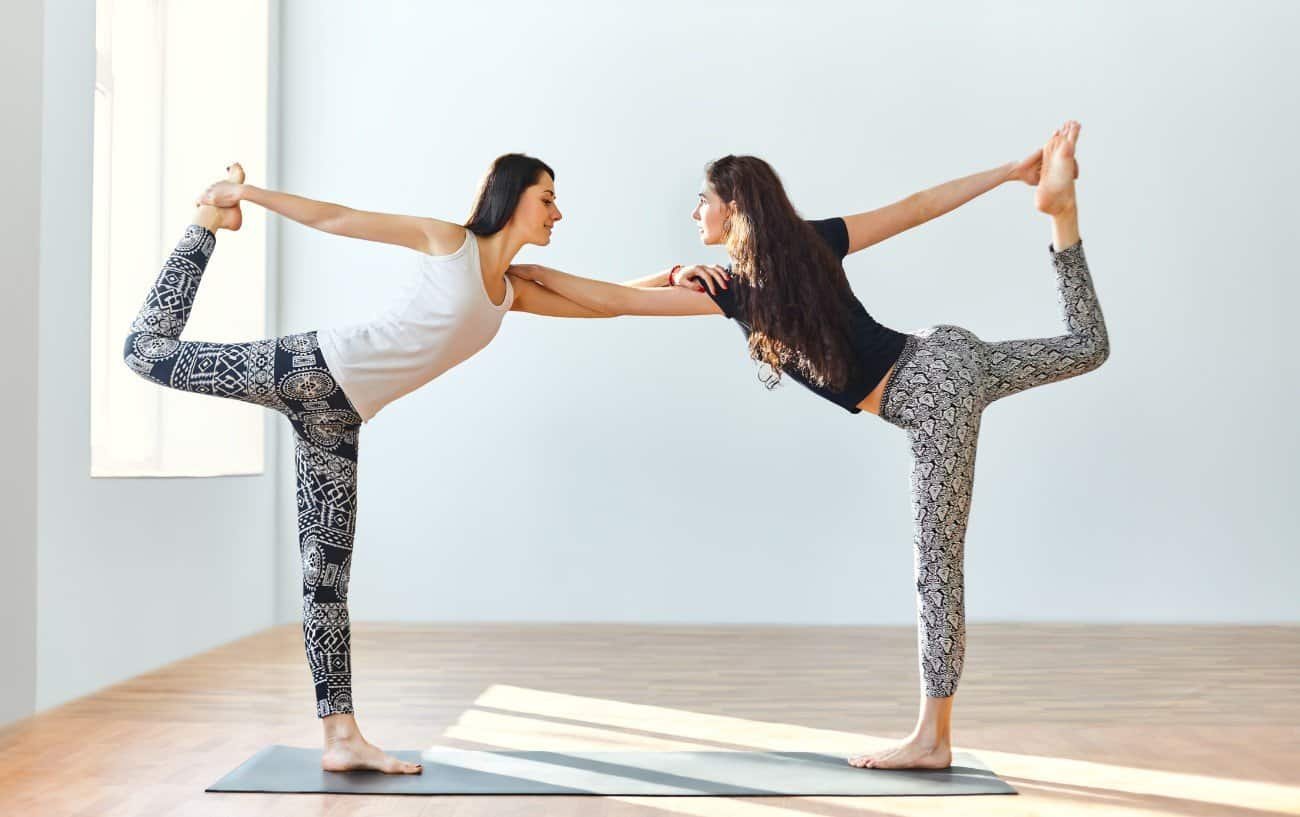
Yoga is such a great way to keep fit and healthy, but if you’re just getting started, figuring out which poses to do and when can be a little confusing. Knowing the right order of poses can make your practice way more effective and help ensure you’re doing everything safely and correctly. It’s all about creating a flow that works for your body and your goals.
Speaking of, have you picked up a yoga mat yet? If not, you might want to check out my favorite mat—super comfy and perfect for all types of yoga. Trust me, it makes a difference!
Let’s dive into how you can sequence your poses for maximum benefits.
Why Sequencing is Important

When it comes to yoga, the order in which you do poses isn’t just random—there’s a method behind it. The right sequence of poses can help you improve flexibility, strength, and alignment, all while keeping your body safe. When you sequence with intention, it also helps to deepen your stretches, encourages mindfulness, and lets you connect your breath with movement.
What Beginners Need to Know
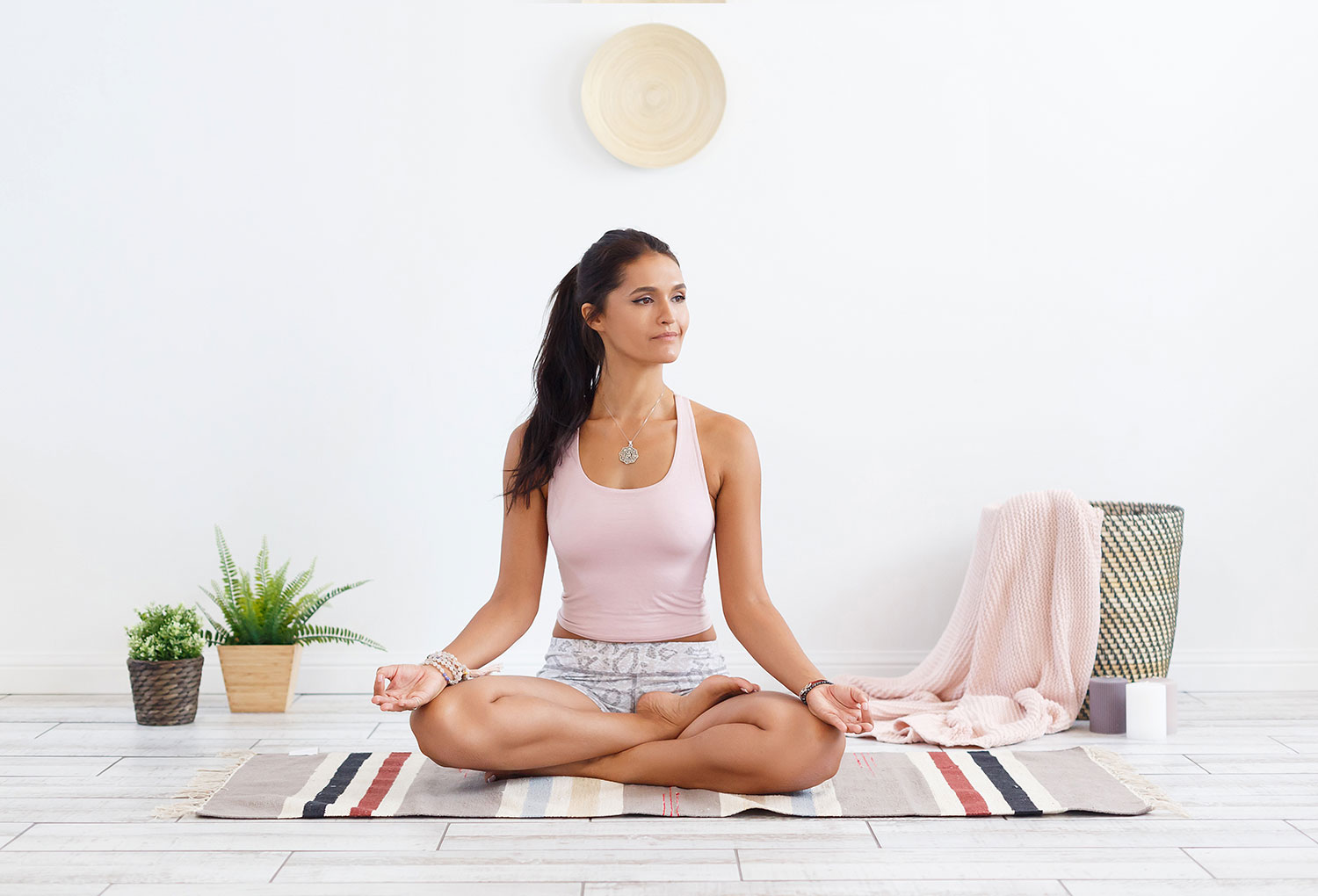
If you’re new to yoga, it’s really important to ease into your practice. Start with simple poses, and as you get more comfortable, gradually work your way up to more challenging ones. This will reduce the risk of injury and ensure you’re getting the most out of each pose.
Don’t forget to warm up before jumping into the more intense poses! A gentle stretch to loosen up your muscles can set the stage for a successful practice. And after you’re done, cooling down is key to prevent soreness and give your body the chance to recover.
Crafting Your Flow

Once you’ve got the basics down, it’s time to get creative and design your own flow! Think of it as creating a personalized routine—like making a playlist, but with poses.
Here’s how to start:
- Pick a few poses: You don’t need to do a million poses in one session. Choose 3-5 that focus on what you want to work on.
- Plan the order: Decide which pose flows naturally into the next one.
- Timing: Think about how long you want to hold each pose—usually, 5-10 breaths is perfect.
- Transitions: Don’t forget to think about how you’re going to move from one pose to another. A simple leg swing or arm circle can help maintain flow and keep the energy going.
Yoga is all about personal connection, so feel free to experiment with what feels best for you.
Warming Up

Before getting into the real work, make sure your body is warmed up. A few gentle stretches like side-to-side bends or neck rolls can get your muscles ready for the poses ahead.
Once you’re feeling a bit looser, you can move on to more dynamic poses like:
- Cat-Cow Pose: Great for your spine.
- Downward-Facing Dog: Opens up the whole body.
- Low Lunge with a Twist: Helps stretch out the hips.
- Warrior I & II: Builds strength.
- Tree Pose: Works on balance and focus.
- Bridge Pose: Stretches the back and opens up the chest.
These warm-ups will prepare you for the deeper stretches and more challenging poses that come next.
Starting with Sun Salutations
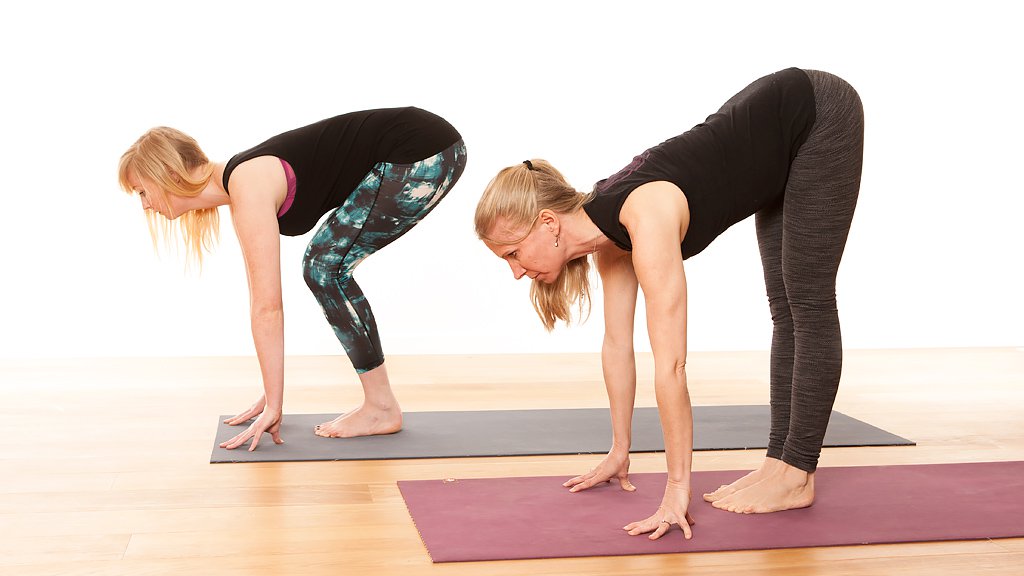
A popular way to kick off your practice is with Sun Salutations. This sequence of poses not only helps warm up your body but also sets a mindful tone for your practice. As you flow through each pose, keep your breath steady and intentional. The goal here is to move with purpose and connect your mind and body.
Standing Poses to Build Strength
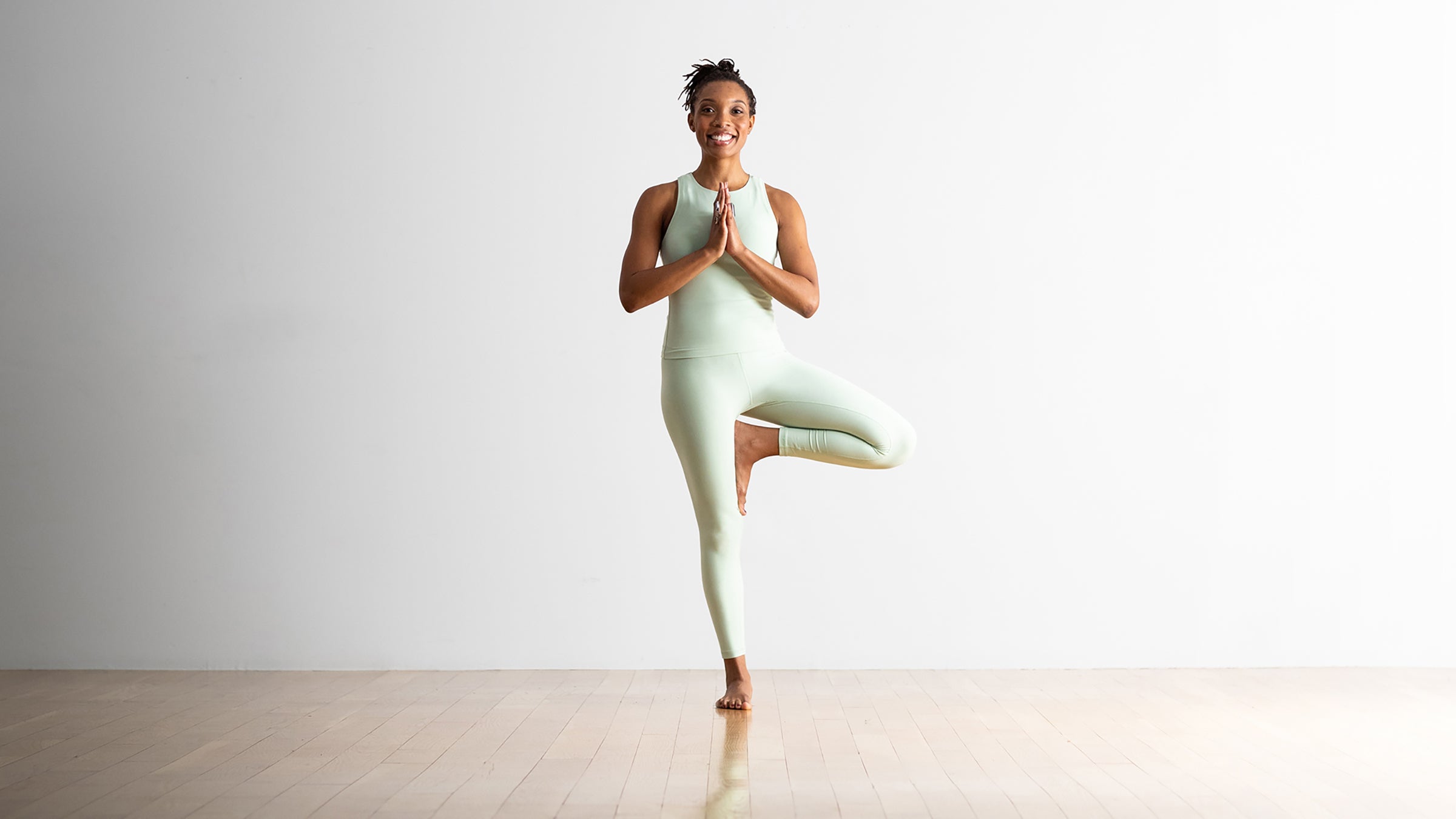
After your warm-up and Sun Salutations, dive into standing poses. These are fantastic for building strength and balance. Here are a few to try:
- Mountain Pose: Grounding and perfect for alignment.
- Warrior I: Strengthens your legs and opens your hips.
- Triangle Pose: Stretches the legs, hips, and spine.
When transitioning between standing poses, cross one foot over the other before shifting your weight. This can help maintain balance and prevent you from feeling wobbly.
Remember to breathe deeply as you stretch deeper into each pose, using each exhale to release tension.
Seated Poses for Flexibility and Relaxation
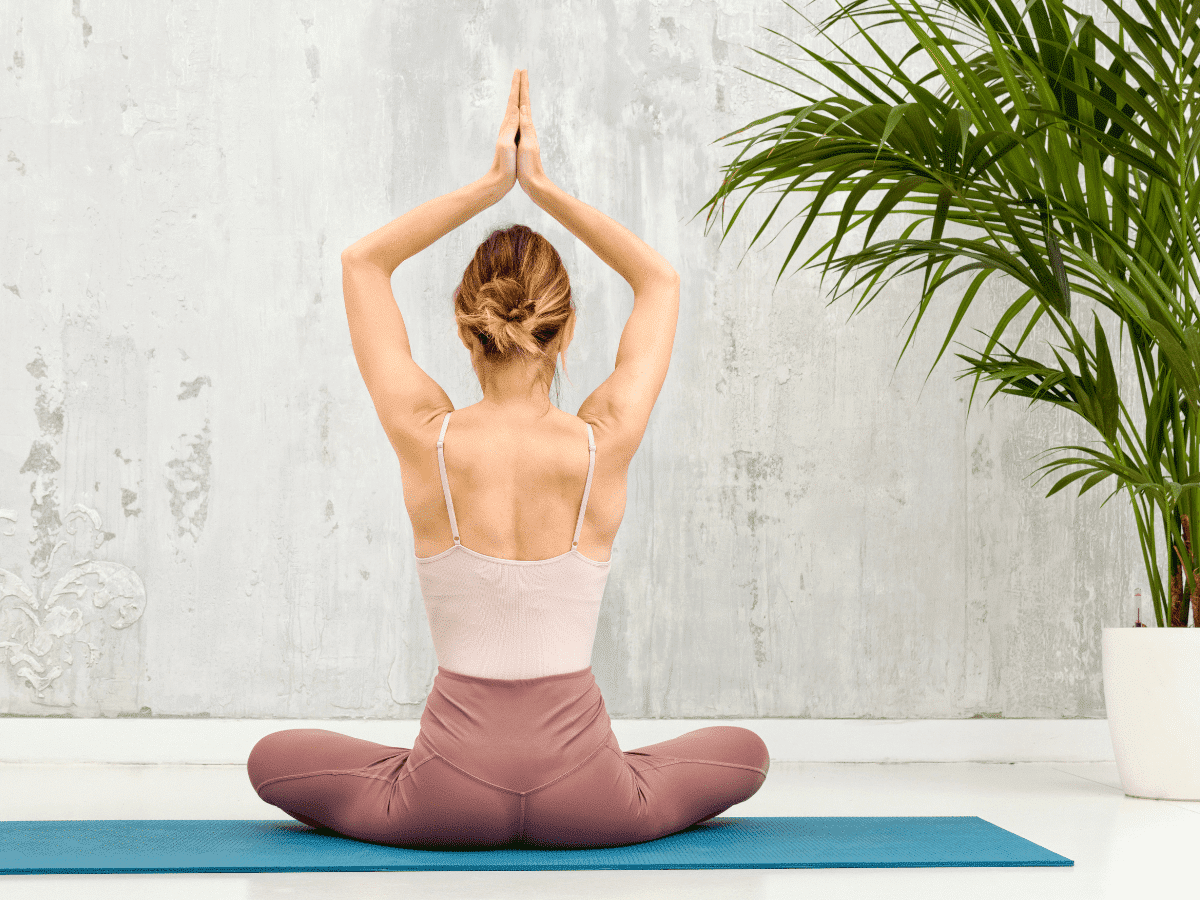
Seated poses are great for increasing flexibility and grounding your energy. These poses are especially beneficial for stretching out the hips and lower back. Try starting with gentler seated poses like:
- Easy Pose: A simple seated pose to get grounded.
- Bound Angle Pose: Opens up the hips and stretches the inner thighs.
As you progress, you can work your way up to more advanced seated poses like Lotus Pose or Hero Pose. These will deepen your hip and lower back flexibility. Always make sure your spine stays straight, and don’t push yourself too hard—listen to your body.
Cooling Down

After all that effort, it’s essential to cool down. A proper cool-down helps your body relax and restores balance after the workout. Start by lying on your back with your legs bent and feet flat on the floor. Close your eyes, take a few deep breaths, and let yourself fully relax for a moment.
Next, transition into Child’s Pose—this is a great way to stretch the back and release tension. You can also try Reclining Bound Angle Pose to open up your hips and stretch your lower back.
When you’re ready, slowly roll onto your side, push yourself up, and finish with a moment of reflection. You can close with a gentle bow or a peaceful Namaste.
Frequently Asked Questions
How long should I hold each pose?
- Generally, hold each pose for 5-10 breaths, but this can vary depending on your experience and the specific pose.
What if I’m not flexible?
- No worries! Yoga is all about progress, not perfection. Start with beginner poses, focus on your breath and alignment, and flexibility will improve over time.
What should I wear?
- Choose comfortable, breathable clothes that allow for movement. Avoid anything too loose that might get in the way.
Do I need a yoga mat?
- A mat is highly recommended because it provides better grip and cushions your joints. But if you don’t have one, you can always use a towel or blanket as a substitute.
Can I do yoga with injuries?
- If you have any injuries or medical conditions, check with your doctor before starting yoga. They can suggest modifications to suit your needs.
How often should I practice yoga?
- Aim to practice at least 2-3 times per week. Consistency is key, and over time, you’ll notice progress!
Yoga is a journey, so take your time with it. Don’t rush—let yourself flow, breathe deeply, and enjoy the ride. Happy practicing!
Conclusion
Yoga is a journey, and it’s important to take your time with it. Don’t rush—allow yourself to flow, breathe deeply, and embrace the process. Enjoy every step of the ride, and remember, it’s all about progress, not perfection. Happy practicing!
